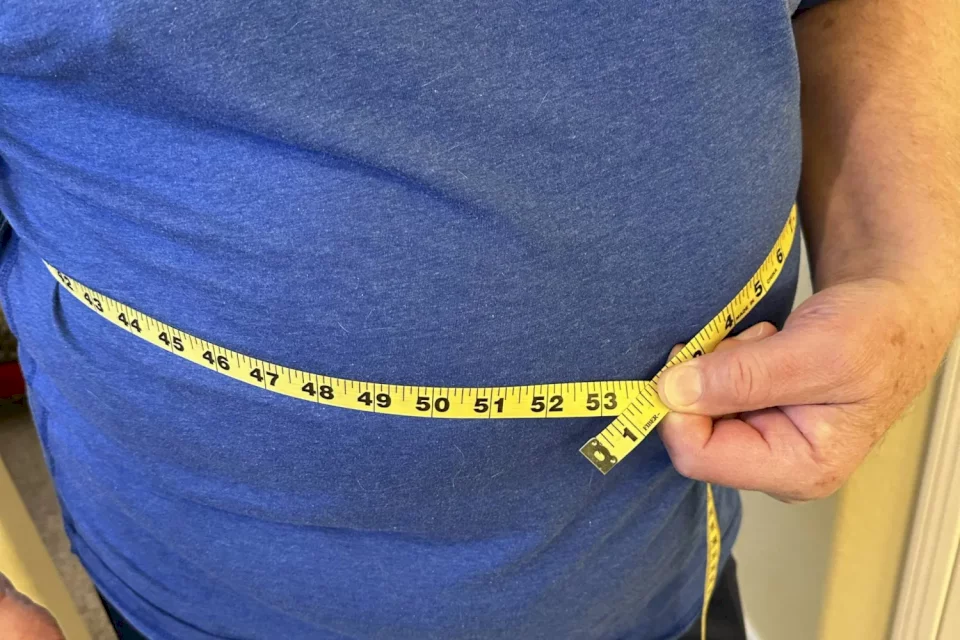
Do Scents Treat Obesity?
SadaNews - Have you ever felt that flavored water or a sugar-free drink tastes sweet? It appears that the secret lies not only in taste buds but also in how the brain processes scents.
A new study from the prestigious Karolinska Institute in Sweden, published in the journal Nature Communications, revealed that the brain interprets certain scents as if they were real tastes, processing them early in the "taste cortex" before signals reach the areas of the brain associated with emotion and behavior. This discovery may open an unprecedented door in the field of obesity treatment.
Scents and Taste: A Shared Experience
When we eat or drink, what we experience is not just a “taste,” but a complete experience called “flavor,” arising from the interplay of taste and the scents reaching the nose through the mouth, known as "retronasal olfaction."
The researchers in the new study discovered that the "taste cortex" reacts to scents associated with taste in the same way it does with actual tastes, which explains why we sometimes feel that flavored drinks without sugar are indeed sweet.
Lead researcher Butho Agus Khorisantono stated, "The taste cortex responded to scents linked to taste as if they were real flavors... This illustrates the power of the integration of scents and tastes in making food pleasurable and may explain how certain scents stimulate cravings and potentially lead to overconsumption of certain foods."
How Was the Study Conducted?
The experiment involved 25 healthy adult participants, who first learned to distinguish between sweet and salty tastes through a combination of tasting and smelling. They then underwent functional Magnetic Resonance Imaging (fMRI) sessions while being exposed either to a tasteless flavor or a flavorless scent.
Using a special algorithm, researchers were able to identify patterns of brain activity associated with the two tastes and then link them to the scents alone.
The results showed that scents perceived as sweet or salty activated the same brain areas that actual tasting stimulates, even producing similar patterns of activity, particularly in the regions responsible for integrating sensory impressions.
What Does This Mean for Our Eating Habits?
In this context, Janina Siubert, co-researcher of the study, noted that these results "demonstrate that the brain does not separate smell from taste but builds a shared representation of flavor in the taste cortex." This discovery may help in understanding how our food preferences are formed and how scents influence our eating habits.
Furthermore, Khorisantono stated, "We want to know if the brain changes its activity pattern from salty to sweet when we transition, for example, from the cheese aisle to the candy section in the supermarket... If confirmed, it might have a direct impact on our daily food choices."
Future Practical Dimensions
This research could open up avenues in various fields, from developing better-tasting low-sugar foods and drinks to strategies for reducing overeating. It also adds a new brick to our understanding of the complexities of the human brain and its relationship with the senses, revealing that "taste" is not just in the mouth, but begins in the brain.

7 Exercises to Strengthen Your Calf Muscles

Creative Commons Organization Supports "Pay-Per-Crawl" Systems to Compensate Content in th...

Tea and Cocoa Reduce Health Issues Caused by Sitting for Long Hours

Mohamed Henedy Sends a Touching Message to His Daughter on Her Wedding Day

Which is Better for Promoting Hair Growth.. Green Tea or Black Tea?

8 Ideal Foods for Stronger Vision and Long-Term Protection

The Syrian Behind Microsoft’s Intelligence Warns of the Dangers of Superintelligence and L...

